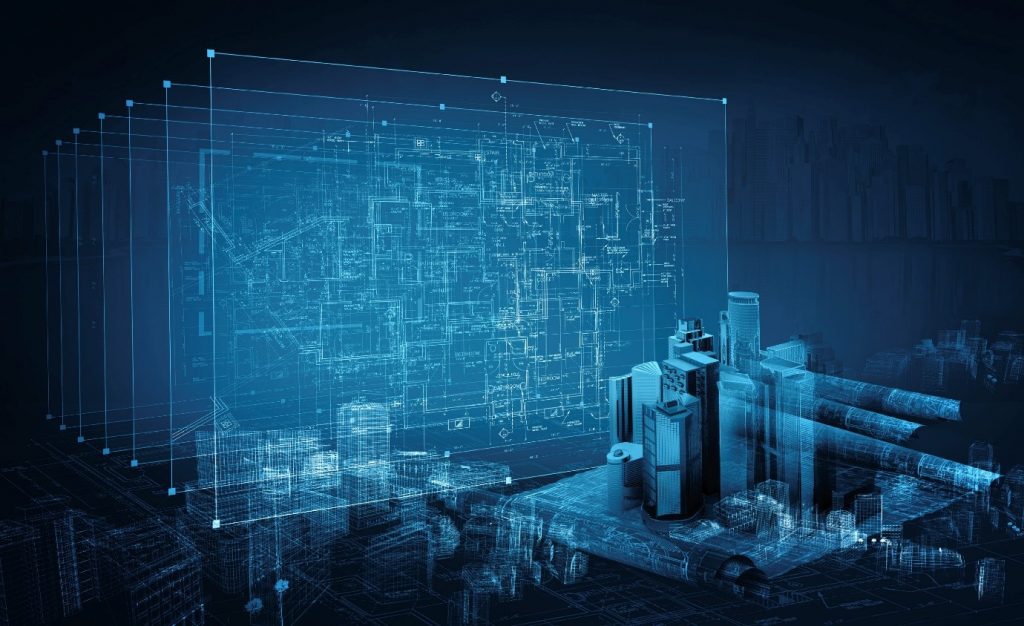Building information modelling is an incredibly useful and important technology available that is transforming the way construction projects take place and restoration work is carried out. What it means for people, is that we have better buildings in better locations and our infrastructure is improved alongside an industry that becomes more profitable and efficient.
How does BIM transform the way in which building projects move along from the point of conception and design to real-world completion?
- Reality capture
The collection of visual data is incredibly useful for construction projects. 3D modelling programmes and technology like drone photography can be used to enhance BIM technology. It allows designers to collect data from an urban environment in such a way as has never been possible before. It now takes such a short time for 3D models to be created that it can transform how companies manage and process extensive infrastructure and build projects.

- Keep construction costs in check
The use of BIM can predict any conflicts arising, such as those between plumbing, risers, electrical closets, ductwork and penetrations, for example. Problems in the construction can be identified, diagnosed and remedied before construction begins, avoiding changes during fieldwork and the associated costs incurred. This saves a large amount of time and negates the need for changes in materials that would end up adding considerable amounts to the project cost. For BIM Technology, visit https://www.bimtech-eng.com/
- Improving collaboration
One of the most positive aspects of BIM technology is its ability to enhance understanding and collaboration between different parties involved in working on the same project. There are many unique and important sharing abilities with this technology that cannot be found or implemented when using traditional drawings.

- Simulate and visualise
In reality, we all live in a 4D world and not a 3D one like we think. The 4th dimension is time and using 4D BIM adds that essential dimension, allowing collaborators to see each phase of a development and a building site based on what is currently happening there. It offers a future view following the sequencing and allows for further scheduling of labour and materials to be made in advance and more accurately. This level of real-time adaptability saves both time and money.
- Improved sequencing
It allows for the maintenance or adaption of a project’s schedule because of the in-depth knowledge of the project’s sequencing. By merging the schedule of activities with the BIM model, project managers can keep an eye on the build and validate the accuracy of the sequenced plans contained with a schedule.

